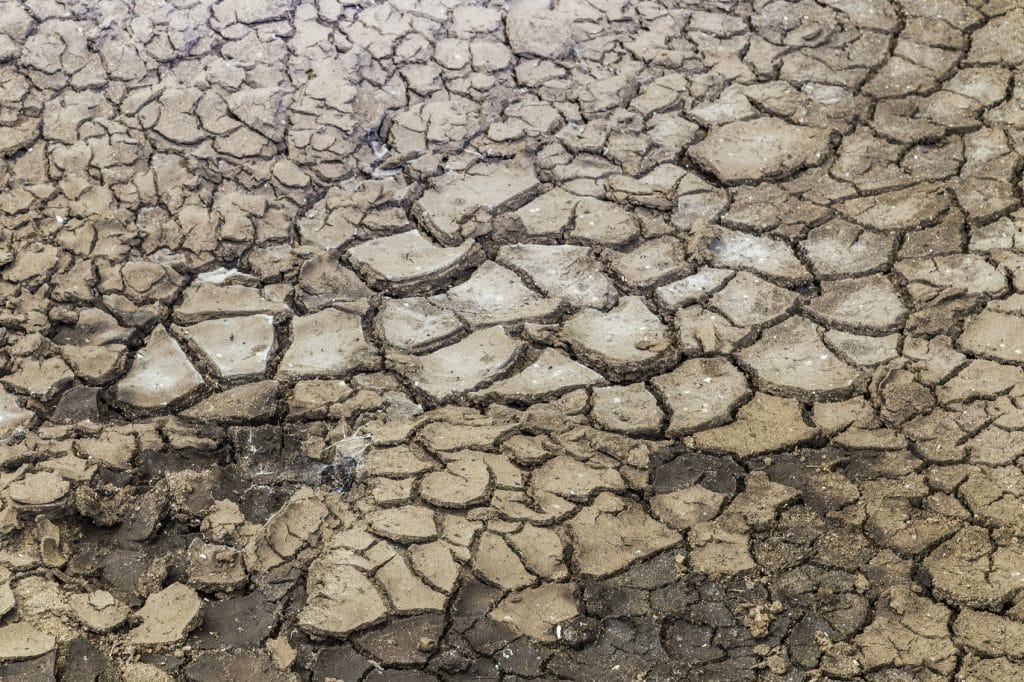Earlier this month, the carcasses of more than hundred dolphins were discovered in the Brazilian Amazon amid record-high water temperatures and a drought that has left entire communities stranded.
—
A historic drought in the Amazon river has dried up waterways on which several Indigenous communities depend, leaving them stranded without fuel, food, and drinking water. Extreme temperatures in the regions have also killed more than a hundred river dolphins, as Lake Tefé’s waters exceeded 102F (38.8C).
Parts of the Amazon River, the largest river by volume and the second-longest in the world, currently in its dry season, have been drying up at a rate of 30 centimetres (11.8in) per day since mid-September as a result of record-high temperatures and unusual dryness in the region. By the end of September, the river stood at 16.4 metres (54 feet), about six metres below its level in the same period last year, leaving entire communities stranded and struggling to access vital resources including fuel, food, and fresh water.
The drought is currently affecting forty-two of the 62 municipalities, home to more than 300,000 people, though state authorities warned that up to 500,000 people might be affected over the next several weeks amid predictions of prolonged low precipitation that could last until early 2024, making the current drought the worst the state has ever experienced.
“Our shops have no customers. We are isolated, boats cannot enter or leave the lake,” local resident Isaac Rodrigues told Reuters. “We’re going to be here until God sends us water.”
The Articulation of Populations and Indigenous Peoples of Amazonas (APIAM), an organisation that represents 63 tribes in the Amazon, urged the government to declare a climate emergency and protect local communities in a statement released on Wednesday.
“We ask the governments of the Amazon, Brazil and the world to declare a climate emergency and do something urgently to face the enormous climate and social vulnerability to which indigenous peoples and traditional populations are exposed”, the statement read.
Last month, the federal government said it was setting up a task force to mitigate the impact of the Amazon drought and facilitate the distribution of water, food, and medicine.
“We have a very worrying situation. This record drought has disrupted river transport routes threatening food and water shortages, and a large fish mortality is already beginning,” Brazil’s Environment Minister Marina Silva told Reuters in an interview.
The government is also allocating 140 million reais (US$27.76 million) for dredging navigation channels in rivers and ports across the region to protect river navigation, the main transportation method across the Amazon rainforest and often the only access route for local communities.
The sudden die-off of 120 Amazonian river dolphins, one of a handful of freshwater dolphin species to experience dramatic declines in population in recent years, has prompted fears of biodiversity loss. About eight of every 10 carcasses were pink dolphins, representing 10% of their estimated population in Lake Tefé, according to Miriam Marmontel, a researcher at the Mamiraua environmental institute specialised in aquatic mammals and conservation.
“Ten percent is a very high percentage of loss, and the possibility that it will increase could threaten the survival of the species in Lake Tefé,” she said.
Scientists blame climate change for the historic Amazon drought, which has been further exacerbated by the return of El Niño, a weather phenomenon associated with the warming of surface waters in the Equatorial Pacific.
“We are seeing a collision of two phenomena, one natural which is El Niño and the other a phenomenon produced by humans, which is the change in the Earth’s temperature,” said Silva, adding that the unprecedented drought could happen more frequently.
Featured image: Unsplash/Grant Durr
More on the topic: Why Endangered Dolphins Are On the Rise


















